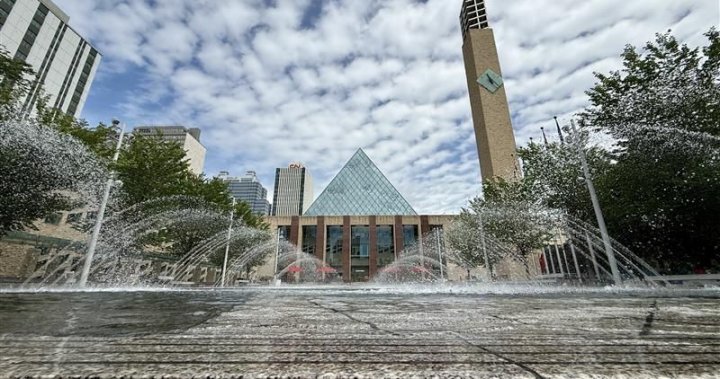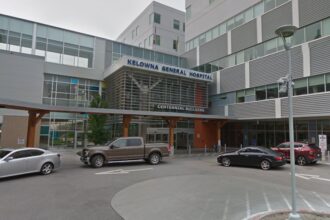In a marathon session that stretched into the early hours of Wednesday morning, Edmonton City Council approved sweeping changes to the city’s zoning bylaws aimed at transforming residential development across Alberta’s capital. The contentious public hearing, which began Monday morning and concluded around 1:30 a.m. Wednesday, marks a significant shift in how Edmonton will approach urban density and housing diversity.
“This represents the most substantial zoning reform Edmonton has seen in decades,” said Mayor Amarjeet Sohi, who characterized the changes as essential for addressing both housing affordability and climate action goals. “We’re creating pathways for more Edmontonians to find homes in established neighborhoods while respecting community character.”
The newly approved zoning bylaws will permit medium-density housing, including townhomes and low-rise apartments, in areas previously restricted to single-family homes. Most significantly, the changes eliminate exclusionary single-detached-only zones across the city—a move supported by housing advocates but contested by some longtime residents.
City Councillor Ashley Salvador, who championed several key provisions, pointed to the housing crisis as the driving force behind these reforms. “When nearly 15,000 Edmontonians are experiencing housing insecurity and rental vacancies sit below 3%, maintaining the status quo simply isn’t an option,” Salvador told CO24 News.
The marathon public hearing drew more than 200 speakers, revealing deep divisions within the community. Proponents highlighted how increased density could revitalize declining neighborhoods, support local businesses, and make better use of existing infrastructure. Opponents expressed concerns about neighborhood character, parking congestion, and potential impacts on property values.
Real estate analyst Cameron Wright with the Urban Development Institute told CO24 Business, “These reforms signal to developers that Edmonton is serious about addressing its housing shortage through smart intensification rather than continued sprawl, which carries significantly higher infrastructure costs.”
Environmental considerations also factored heavily in council’s decision. By encouraging development in established neighborhoods, the city aims to reduce carbon emissions associated with longer commutes and new suburban infrastructure. A city staff report estimated that each infill home represents approximately 40% less carbon emissions compared to equivalent suburban development.
The bylaw changes include several compromise measures designed to address community concerns. These include graduated height transitions near single-family homes, enhanced landscaping requirements, and design guidelines to ensure new developments complement existing neighborhood aesthetics.
“We’ve struck a balance that respects neighborhood context while creating opportunities for more diverse housing options,” explained City Planning Director Stuart Carlyle. “The most successful cities evolve thoughtfully over time.”
Implementation will occur in phases beginning in early 2025, with city administration developing educational materials for communities, builders, and property owners. The city has also committed to monitoring outcomes and making adjustments as needed.
As Edmonton joins cities like Minneapolis, Portland, and Hamilton in eliminating exclusionary zoning, the question remains: will these reforms truly deliver on their promise of creating more affordable, sustainable communities, or will market forces drive development in unexpected directions? Only time—and Edmonton’s evolving skyline—will tell.










